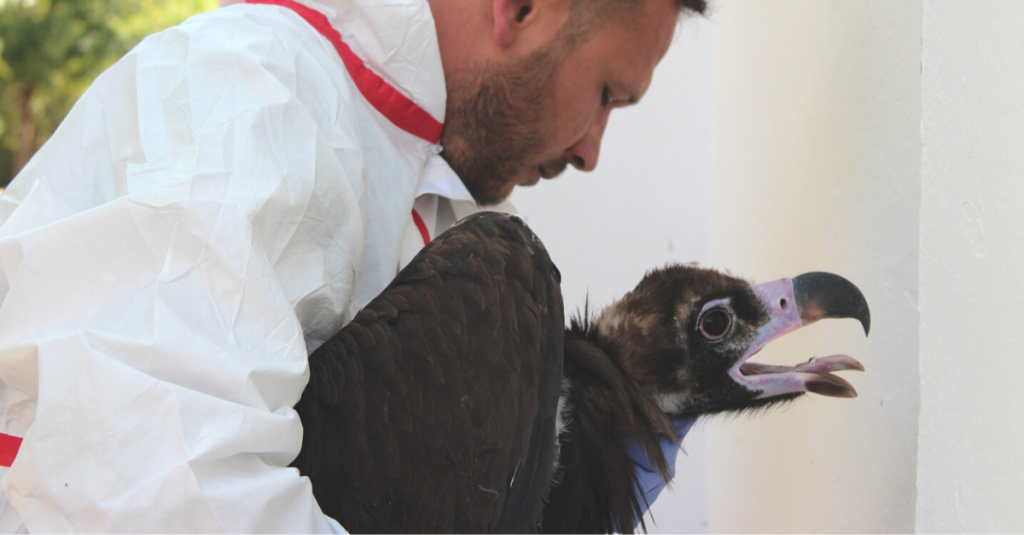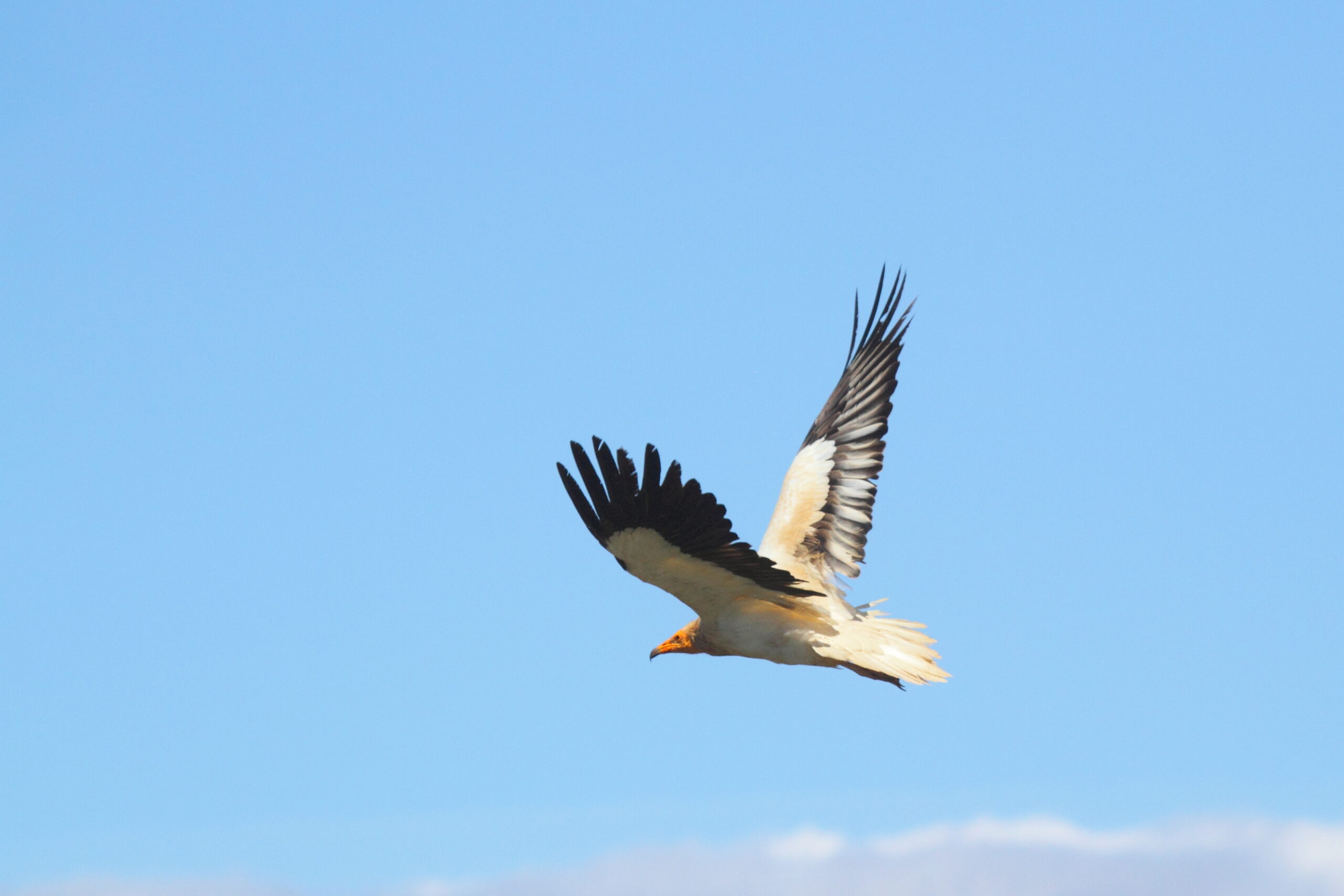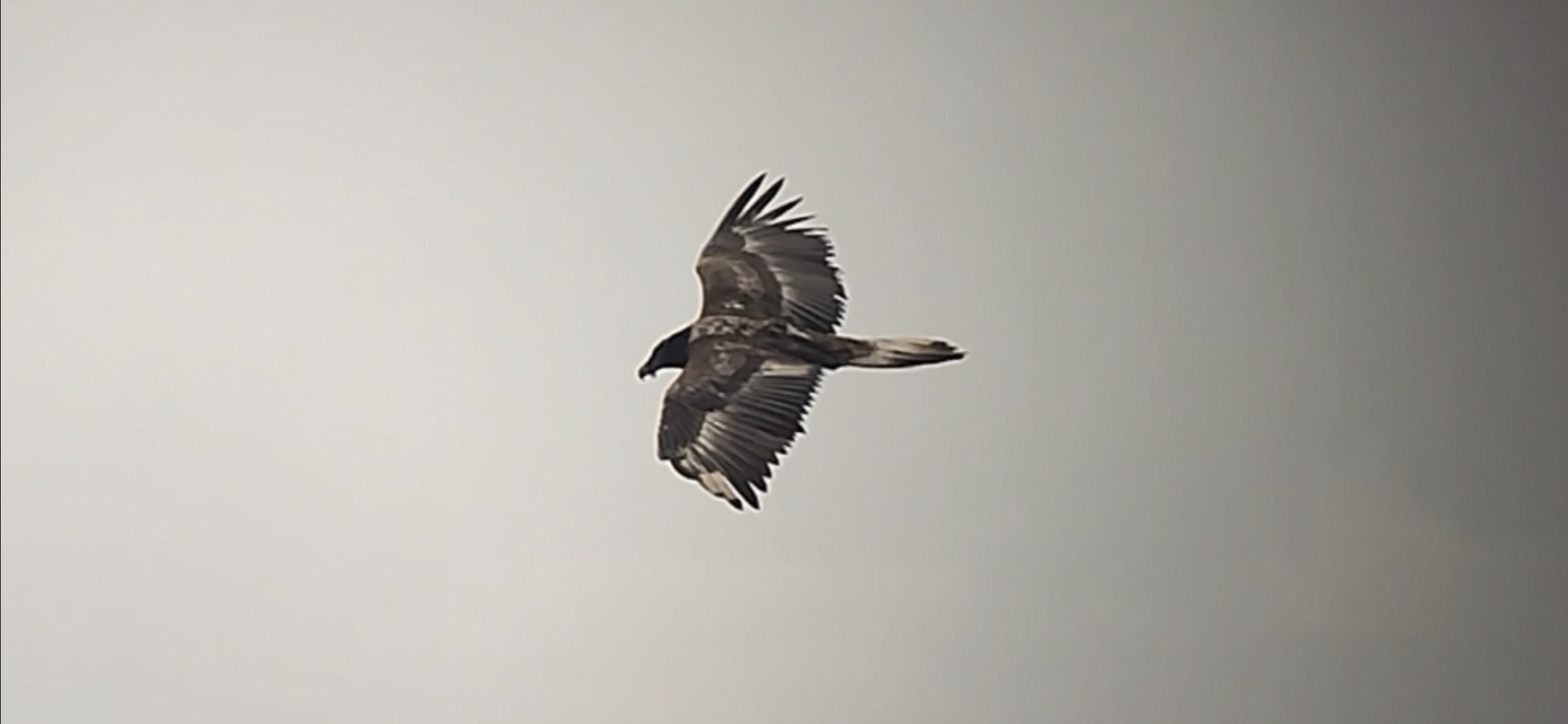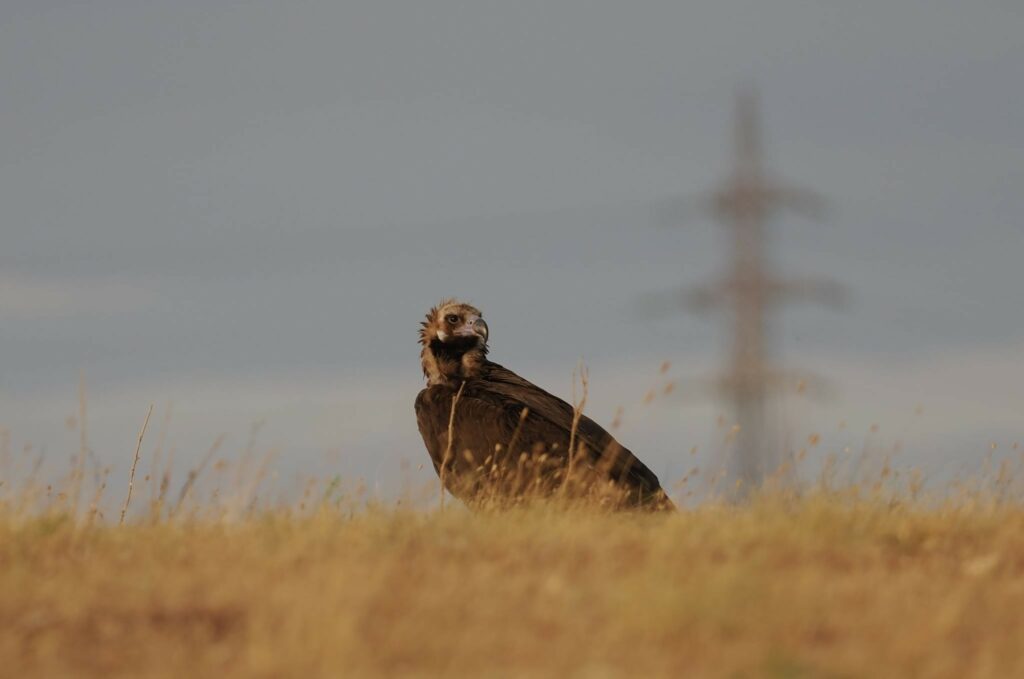
2021 was another challenging year for all of us and the planet. The second year of the pandemic brought us all quite a lot of restrictions and limitations. Our first word of thanks goes to all those that have worked, directly or indirectly, to fight COVID-19 – doctors, nurses, hospitals, vaccination centres staff, vaccine researchers and public employees. Without them, things would have been worse – our society absolutely needs and depends on them, and as such should value them, just like healthy ecosystems absolutely need and depend on scavengers, and we therefore also need to value them.
Our second word of thanks goes to all our supporters, donors, volunteers, and stakeholders who donated to our cause and offered their time and attention, helping us continue our vulture conservation work. Without them – without you, we would not have achieved everything we managed to do in 2021. Thank you!
Despite all the restrictions, we have managed to rise to all the vulture conservation challenges during 2021, and have had a busy, intense, and mostly successful year. In 2022, we will continue to work with the same dedication to achieve .
Our ambitious vulture conservation goals for 2022
So, what will 2022 bring us? What do we want to achieve this year? Obviously, we would very much like this pandemic to slowly get under control, so that most of the restrictions that currently affect us go progressively away. In terms of vulture conservation, our eyes are set on some ambitious goals:
- We are hoping for a good breeding season in the Bearded Vulture captive breeding network so that we can continue to release as many young Bearded Vultures as possible to consolidate all our Bearded Vulture reintroduction projects. This means continued growth in the Alpine population (the 2021 breeding season saw 60+ pairs fledge at least 44 young – a new record). In particular, we would like to see stronger growth in the Eastern Alpine (Austria) subpopulation, and, if at all possible, some gene flow between the Pyrenees and the Alps. In Grands Causes (France) we would like to see the first attempted breeding, 12 years after the first releases there, while in Andalusia we are expecting the continued growth of the population there (7 breeding pairs in 2021) plus some more wild chicks fledged from natural nests (3 in 2021).
- Following the first successful breeding of the Cinereous Vulture in Bulgaria last year, only 4 years after the start of the reintroduction project there and 28 years after the last nesting record in the country, we would like to see more pairs breeding successfully in 2022 to start consolidating what is one of the most exciting conservation news in Europe – the start of the restoration of this species in south-eastern Europe. Six pairs are now established in Bulgaria. We also want to transport, within the current project, the last batch of Cinereous Vultures from Spain to Bulgaria this year for reintroduction.
- In terms of Griffon Vulture conservation, we would like to see the 15 Griffon Vultures that we have transported within the LIFE with Vultures project to Cyprus last December, and that will be released from their acclimatization aviary in Spring 2022, survive well and adapt to their new surroundings. Although we are expecting some mortality, we hope this is not too high. We are also aiming to transport a batch of griffons from Spain to Sardinia, for eventual release in the mountains in the south of the island, where the new LIFE Safe for Vultures project is aiming to re-establish a population, following the very successful restocking of the population in the northwest of the Island, which has increased significantly and is now reproducing well. Releases in south Sardinia will thus be another milestone in order to continue restoring the vulture guild on the island.
- In the fight against poisoning, we hope to see the 6 national anti-poisoning road maps that have been produced in as many countries in the Balkans, as part of the BalkanDetox LIFE project, firmly approved by the respective governments, and therefore become part of the national nature conservation policies. We also aim to implement the second year of the Wildlife Crime Academy, again training government staff from the Balkans, but this year also from Egypt and Lebanon, on wildlife crime forensic investigations.
- In research terms, we would like to finalize some important analysis that will hopefully answer some priority questions for further vulture conservation – why do some reintroduced Bearded Vultures move more than others? What is killing them and where, and how can we mitigate more effectively those threats? How does early-life history within our captive-breeding network influence the fitness and survival of released Bearded Vultures?
- We would also like to expand our studies and mapping of the ecosystem services provided by the vultures and evaluate them in several areas.
- Finally, we would like to reach more and more people to tell them wonderful facts and stories about vultures, our work and the need to restore their populations, by producing new films and animations, and through our website, social media, and events.
We can only achieve some of these targets by working with our many partners and collaborators, which are an essential part of our work – international collaboration and open and honest engagement is indeed part of the VCF’s DNA. Without their – your!, support and engagement, we will not be able to do much. Let’s go then! Yes, we can. All together 4 vultures!



